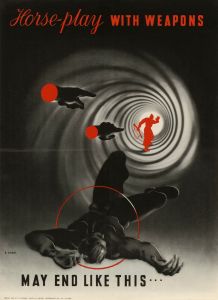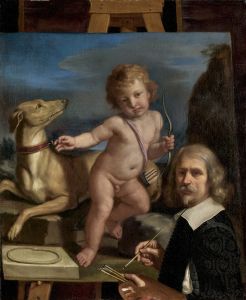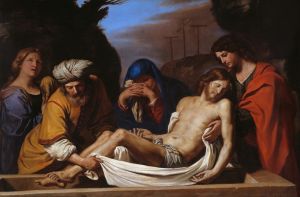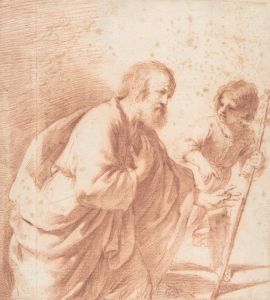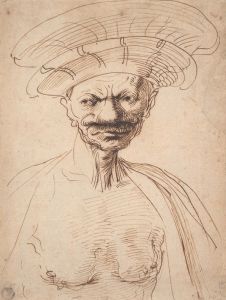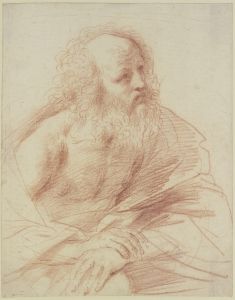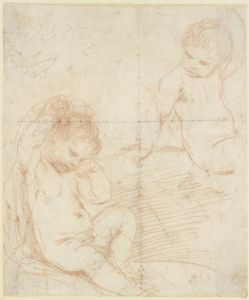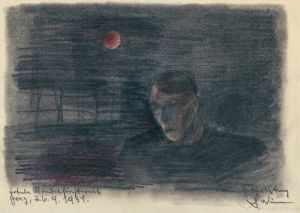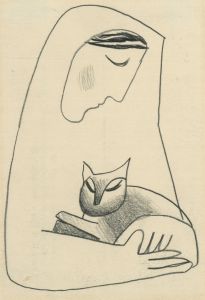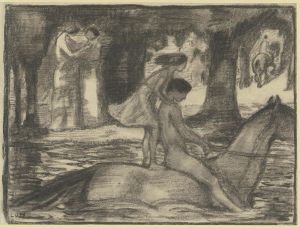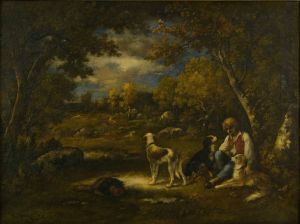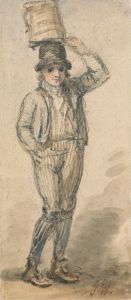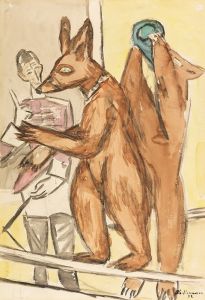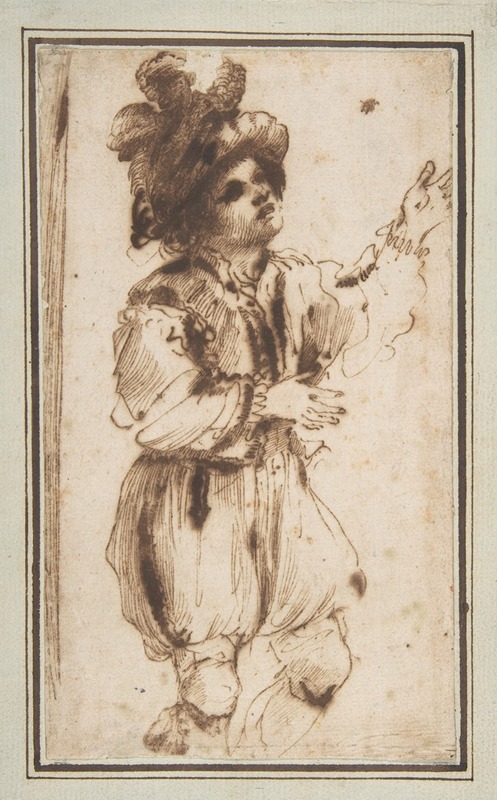
Boy Chasing a Butterfly
A hand-painted replica of Guercino’s masterpiece Boy Chasing a Butterfly, meticulously crafted by professional artists to capture the true essence of the original. Each piece is created with museum-quality canvas and rare mineral pigments, carefully painted by experienced artists with delicate brushstrokes and rich, layered colors to perfectly recreate the texture of the original artwork. Unlike machine-printed reproductions, this hand-painted version brings the painting to life, infused with the artist’s emotions and skill in every stroke. Whether for personal collection or home decoration, it instantly elevates the artistic atmosphere of any space.
Boy Chasing a Butterfly is a painting created by the Italian Baroque artist Giovanni Francesco Barbieri, commonly known as Guercino (1591–1666). The artwork is believed to have been painted around 1625, during a period when Guercino was gaining recognition for his dynamic compositions and masterful use of chiaroscuro, a technique that emphasizes the contrast between light and shadow.
The painting depicts a young boy in motion, reaching out to catch a butterfly. The scene captures a fleeting moment of innocence and curiosity, themes often explored in Baroque art. The boy's expression and posture convey a sense of youthful energy and determination, while the butterfly symbolizes the ephemeral nature of life and beauty. This juxtaposition of vitality and transience is characteristic of Guercino's ability to infuse his works with emotional depth and allegorical meaning.
Guercino's skillful use of light and shadow is evident in the painting, as the boy's figure is illuminated against a darker background, drawing the viewer's attention to the central action. The composition is both simple and evocative, reflecting Guercino's talent for creating intimate, yet universally resonant, scenes. The artist's brushwork and attention to detail further enhance the realism of the boy's form and the delicate butterfly.
The exact provenance of the painting is not well-documented, and its current location is not definitively known. However, it is recognized as an example of Guercino's smaller-scale works, which often focused on genre scenes or allegorical subjects. These paintings were distinct from his larger religious and historical commissions, which were highly sought after during his career.
Guercino was born in Cento, a town near Bologna, and was largely self-taught. His early works were influenced by the naturalism of the Carracci family and the dramatic lighting of Caravaggio. Over time, he developed a unique style that combined these influences with his own sensitivity to human emotion and narrative. "Boy Chasing a Butterfly" exemplifies his ability to capture the essence of a moment while imbuing it with broader symbolic significance.
Due to the limited availability of detailed records about this specific painting, much of its historical context remains unclear. Nonetheless, it remains an important example of Guercino's exploration of everyday life and his mastery of Baroque artistic principles.





